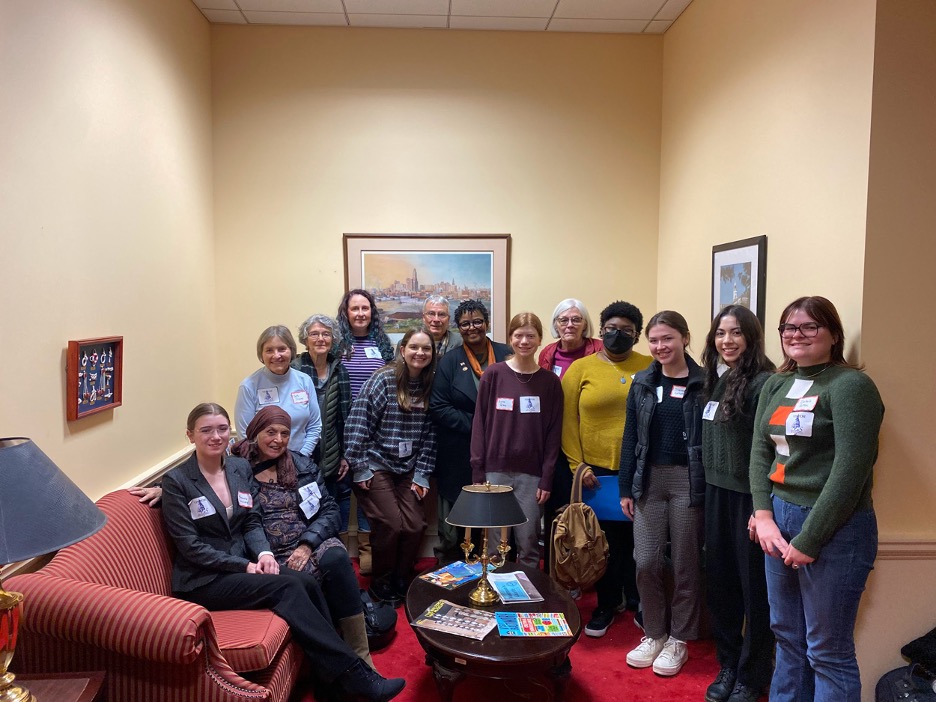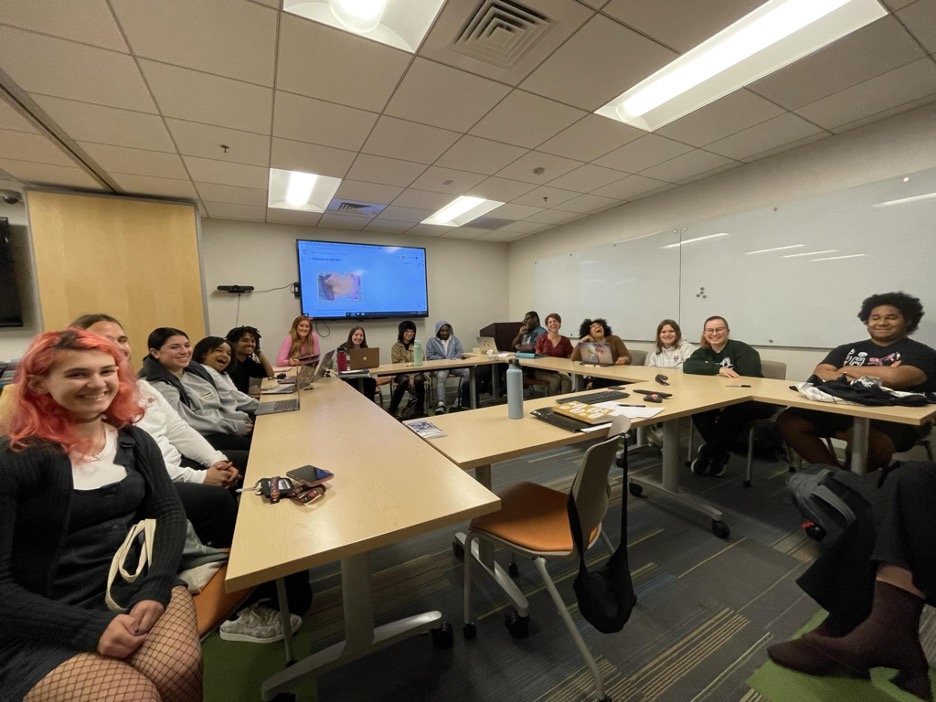On Feb. 19, the Writers at Work series launched its spring events with a visit from Caitlin Horrocks, author of the 2011 short story collection “This Is Not Your City” and the novel “The Vexations,” which is slated for release in June.
Prior to her formal presentation, Horrocks was joined by professor Marian Crotty and a small handful of students for lunch at the Refectory. There, she answered questions about the publication process, her work schedule, and combating writer’s block. She also shared a bit about her writing philosophy with the group.
“All we can do as writers is ultimately write the kind of stories we would want to read,” Horrocks said.
Later that afternoon, Horrocks presented her presentation titled “Craft Talk,” which focused on the practice of writing effective descriptions.
Horrocks explored this topic through the examination of several passages, which included excerpts from works such as “Moby Dick,” “The Colonel,” and even “A Game of Thrones.”
First, she established that good details have three defining characteristics: they are concrete, convincing, and telling. Horrocks emphasized that descriptions involve not only which pieces of information are present but also how those pieces are put together. Writers often develop their characters through point of view, progression, juxtaposition, suspense, showing versus telling, and context.
Additionally, Horrocks addressed the importance of these techniques in regard to setting and time. She presented her hierarchy of ways that a writer can describe setting, which starts at the bottom with a two-dimensional static setting that resembles a typical picture postcard.
A three-dimensional activated setting that is interactive for the characters and reader is deemed more interesting, followed by a four-dimensional activated setting in time that gives readers a strong sense of the before and after. Finally, the most dynamic is an activated setting through time in which a space is infused with a character’s thoughts and feelings: past, present, and future.
To make the presentation even more engaging for the audience, Horrocks facilitated a writing exercise. She began by asking audience members to quickly list three items that could be found on a bedside table: something normal or expected, something unexpected, and something perishable.
Students were then instructed to trade papers with someone else and develop a character sketch about the person they imagined owning these items. Afterwards, Horrocks instructed participants to “make something happen” and create a short narrative based on the sketches.
Horrocks concluded by dismantling the notion that descriptions are an uninteresting element of writing, compared to the “good stuff,” such as character development and plot.
“They’re absolutely intertwined. The richer the world is, the more activated the world is – through the ways that your character sees things, through the stuff that you’ve put on stage – the more you’ve given yourself what you need to build the story.”
Anne-Marie Fienkeng ’22, who attended both the luncheon and presentation, found the experience to be informative and fulfilling.
“It was reassuring and nerve-wracking at the same time–being so close to a professional in the field is nerve-wracking,” said Fienkeng. “But then she gave a lot of concrete advice, which made the writing process seem less terrifying and more doable.”
Check out Caitlin Horrocks’ fiction and nonfiction online at caitlinhorrocks.com or through the library databases.
Feature Image: Courtesy of Angela Estavillo.

















































































































Anonymous • May 15, 2021 at 9:33 am
4.5